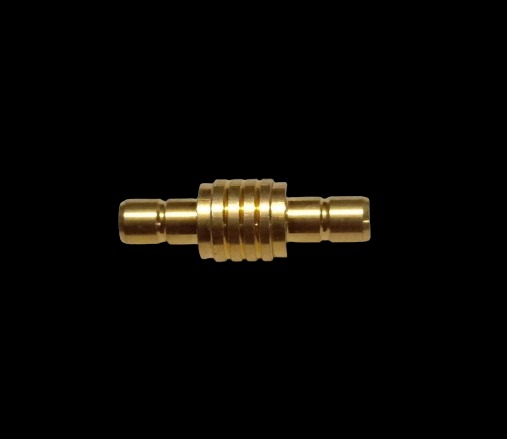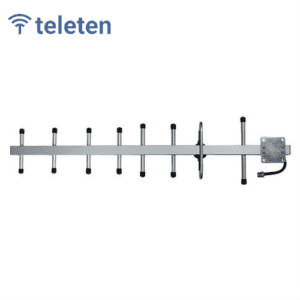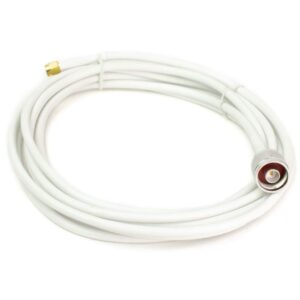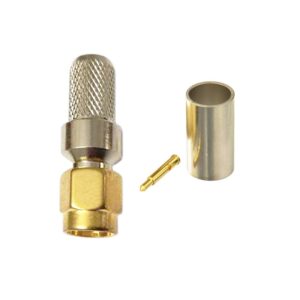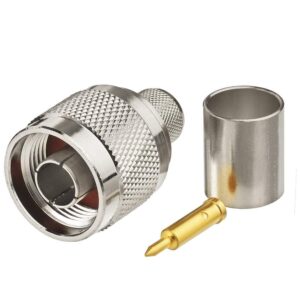- Frequency Range:
- Up to 4 GHz: The adapter is designed to work effectively up to 4 GHz. For applications involving higher frequencies, confirm that the adapter is rated for those frequencies.
- Impedance:
- 50 Ohms: Standard impedance for RF systems, ensuring proper signal matching and minimal signal reflection.
- Connector Types:
- SMB Male: Features a center pin and a snap-on coupling mechanism. Both ends of the adapter are SMB male connectors, allowing for a direct connection.
- Insertion Loss:
- Typically ≤ 0.3 dB: Represents the amount of signal power lost as it passes through the adapter. Lower insertion loss is preferable for maintaining signal strength.
- Return Loss:
- Typically ≥ 15 dB: Indicates how well the adapter maintains impedance matching. Higher values mean less signal reflection and better performance.
- VSWR (Voltage Standing Wave Ratio):
- Typically ≤ 1.5: Shows how effectively the adapter maintains impedance and minimizes signal reflections. Lower VSWR values are better for preserving signal quality.
- Construction Material:
- Body: Usually made from high-quality materials like brass or stainless steel for durability.
- Plating: Often gold or nickel-plated to ensure good conductivity and resistance to corrosion.
- Temperature Range:
- Typically -55°C to +165°C: Ensures reliable performance in a range of environmental conditions.
- Size and Weight:
- Compact Design: Designed to be compact and lightweight, making it easy to integrate into RF systems, especially in tight spaces.
Example Part Number:
- Manufacturer: Look for RF component suppliers such as Amphenol, Pasternack, or similar companies for specific part numbers.
- Part Number Example: You might find part numbers such as Pasternack PE4451 or similar. Always verify with the supplier for the exact part number and specifications.
Applications:
- RF and Microwave Systems: Connects two SMB male connectors in RF and microwave systems.
- Communication Equipment: Useful for extending or joining connections where SMB male connectors are used.
- Test and Measurement: Common in RF testing setups where direct connections between SMB male connectors are needed.
Visual Inspection:
- Connector Compatibility: Ensure that both connectors are SMB male types with the correct pin and socket configurations for a secure fit.
When selecting an SMB Male to SMB Male adapter, confirm that it meets your frequency, impedance, and performance requirements. Always refer to datasheets and specifications from the manufacturer to ensure compatibility and optimal performance for your specific application.

